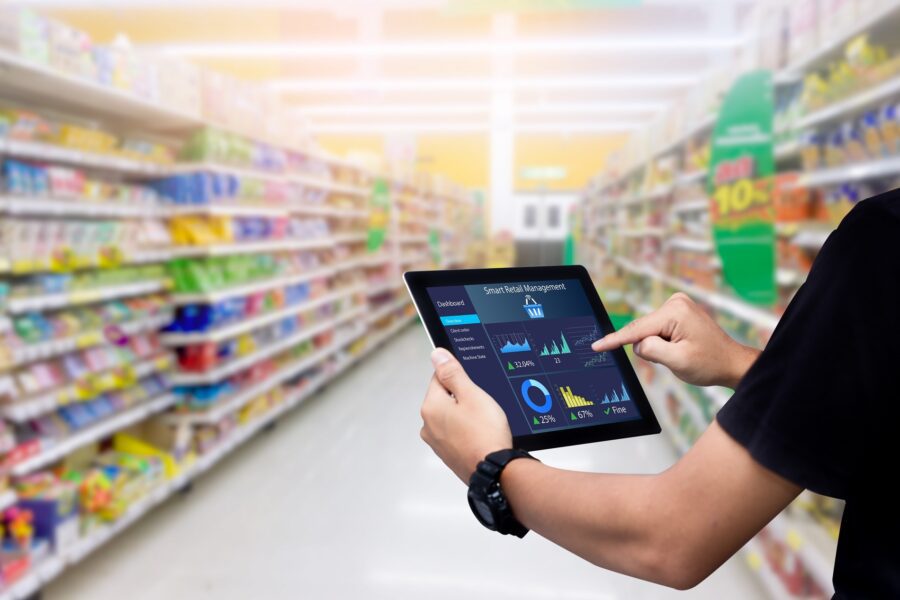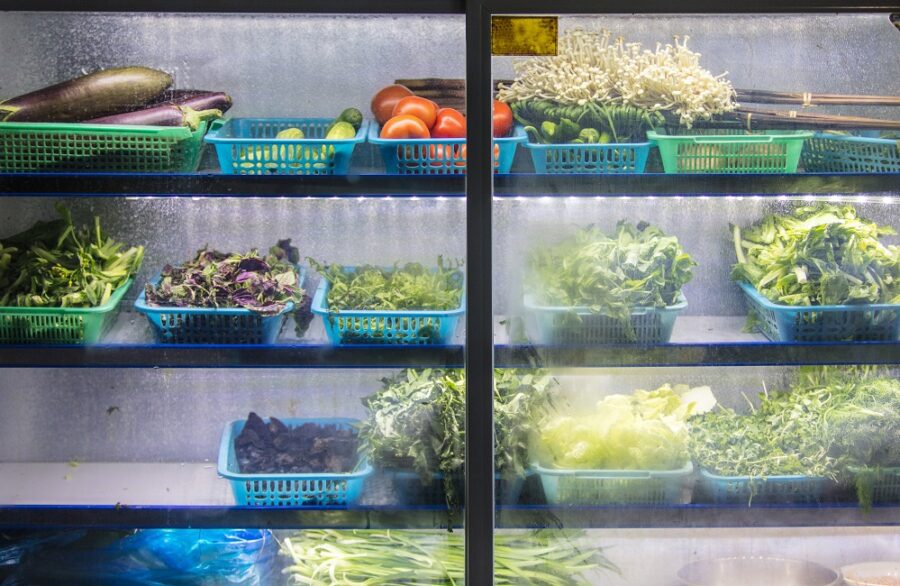Our Blog
Package Delivery by Drones: Still Years Away from Widespread Take Off
Written by: Parcel Pending
3 Min Read
Published: August 29, 2017
Updated: April 4, 2023
For years, we have been hearing about the coming swarm of flying drones that will make big changes in our daily lives. Drones have certainly been in the media a lot; 60 Minutes recently ran an in-depth story about how autonomous drones will revolutionize warfare, from conducting airstrikes to dismantling roadside bombs.
But how might drones impact the delivery of packages to our homes, offices, condos and apartments? Drone delivery offers tremendous benefits in the form of cheaper, faster shipping, which could accelerate the growth of online retail sales, as free and fast shipping are enticing factors for consumers to shop online. However, the actual practice of package delivery by automated drone is still in the very early stages. While a few companies, including Google, Amazon, DHL and UPS, continue to experiment and test drones carrying and dropping off packages, there are still several hurdles that need to be cleared.
Air traffic control is a pre-requisite for coordinating fleets of drones, and government regulators simply aren’t yet ready to allow widespread drone operations without an approved process in place. However, Amazon recently conducted rural testing with the approval of Britain’s Civil Aviation Authority, and the U.S. Federal Aviation Administration has approved drone testing in the U.S. as well. In addition, regulations for the design of drones themselves is still under development, as are their autonomous flight systems.
As such, an interim stage in drone use could be employing them as part of the delivery process before the final drop to consumers, known as the “last mile.” Although home drone delivery receives the bulk of public attention, using drones to make deliveries within the supply chain can smooth out the fulfillment process and increase efficiencies.
The final hurdle may be acceptance by consumers as trusting drones as a viable delivery vehicle. While there may be the initial curiosity or cool factor, many consumers will surely have safety concerns for their children or pets, not to mention apprehension about fragile items. Indeed, like with any new technology, mainstream adoption of drones may come in stages over the next few years as drone use and technology improves. Currently, most tests have been limited in scope, take place in rural areas (i.e. open fields), and do not bring packages right to customers’ doors. But such tests are expected to progress, eventually bringing drone delivery to customers in more populated areas.
Initial use of drones may involve simply taking a package from a truck parked outside a rural home to its doorstep. While this may sound like a complex solution to a fairly minor problem, UPS calculates that cutting just one mile from the route each of its 66,000 drivers follows each day would save the company $50 million a year. If a truck can make drones cover this last mile, they’ll easily pay for themselves. Meanwhile, Google is even envisioning package deliveries made through a combination of drones with self-driving trucks
Drone deliveries to parcel lockers is also in the early stages. Technology could enable drones to communicate with electronic lockers to open, take and accept packages from them, although such communication and coordination still seems to have a long way to go to show efficient labor and time savings. In Germany, however, DHL claimed a recent three-month trial program in which its “parcelcopters” delivered 130 packages to rural customers. As part of the trial, residents were invited to drop off shipments to “pack stations” – centers of parcel lockers operated by the company for drones to carry off to another pack station; all without human aid.
Of course, drone delivery of packages to a front yard doesn’t address the growing crime of “porch piracy,” – criminals swiping packages from doorsteps. And with the automated, impersonal delivery of packages by drone (even further away from the actual front door), might such criminal activity only increase? Drone deliveries to multi-family complexes also have not yet occurred, and it seems more like science fiction at this point to envision drones flying up and down apartment hallways with packages to deliver
Thus, while early results of drone testing look interesting and even promising, it seems most people of the world will continue to have packages delivered to their residences – and ideally into secure parcel lockers – by human delivery drivers for the foreseeable future.






